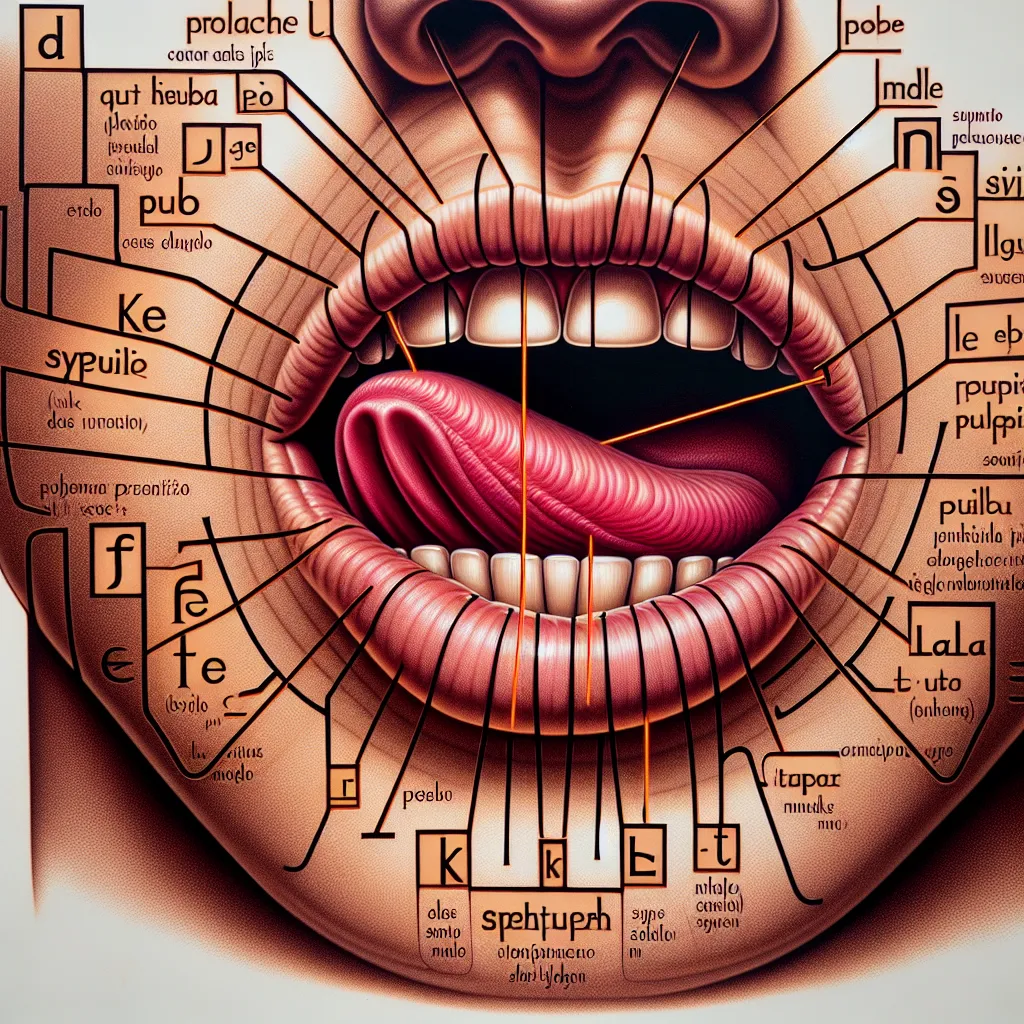Are you struggling with pronouncing English words that contain diphthongs? You’re not alone! Many language learners find diphthongs challenging, but with the right techniques and practice, you can master them. In this comprehensive guide, we’ll explore How To Pronounce English Words With Diphthongs, providing you with valuable tips and exercises to improve your pronunciation skills.
What are Diphthongs?
Diphthongs are combinations of two vowel sounds that occur within the same syllable. In English, there are eight common diphthongs:
- /eɪ/ as in “day”
- /aɪ/ as in “time”
- /ɔɪ/ as in “boy”
- /aʊ/ as in “now”
- /əʊ/ as in “go”
- /ɪə/ as in “near”
- /eə/ as in “hair”
- /ʊə/ as in “pure”
Understanding these diphthongs is crucial for improving your English pronunciation and sounding more natural when speaking.
 English Diphthongs Chart
English Diphthongs Chart
The Importance of Correct Diphthong Pronunciation
Proper pronunciation of diphthongs is essential for several reasons:
- Clarity: Correct diphthong pronunciation helps native speakers understand you more easily.
- Reduced accent: Mastering diphthongs can significantly reduce your foreign accent.
- Confidence: Improved pronunciation boosts your confidence when speaking English.
- Listening skills: Understanding diphthongs enhances your ability to comprehend native speakers.
How to Pronounce English Words with Diphthongs
Now, let’s dive into the techniques for pronouncing English words with diphthongs accurately.
1. Break Down the Diphthong Sounds
To pronounce diphthongs correctly, start by breaking them down into their individual vowel sounds. For example:
- /eɪ/ = /e/ + /ɪ/
- /aɪ/ = /a/ + /ɪ/
- /ɔɪ/ = /ɔ/ + /ɪ/
Practice saying each vowel sound separately, then gradually blend them together.
2. Focus on the Mouth Movement
Diphthongs require a smooth transition from one vowel sound to another. Pay attention to how your mouth moves as you pronounce each diphthong:
- For /eɪ/, start with your mouth in the position for /e/ and glide to /ɪ/.
- For /aʊ/, begin with your mouth open for /a/ and close it slightly as you move to /ʊ/.
Practice in front of a mirror to observe your mouth movements.
3. Use Minimal Pairs
Minimal pairs are words that differ by only one sound. Practice with minimal pairs to distinguish between similar diphthongs:
- “late” (/eɪ/) vs. “light” (/aɪ/)
- “boy” (/ɔɪ/) vs. “bow” (/aʊ/)
- “near” (/ɪə/) vs. “hair” (/eə/)
4. Listen and Repeat
One of the most effective ways to improve your diphthong pronunciation is through listening and repeating. Use resources like:
- Online pronunciation dictionaries
- English language podcasts
- YouTube videos focusing on pronunciation
Listen carefully to native speakers and try to mimic their pronunciation.
 English Learner Practicing Pronunciation
English Learner Practicing Pronunciation
5. Record Yourself
Recording your voice and comparing it to native speakers can help you identify areas for improvement. Follow these steps:
- Record yourself saying words with diphthongs.
- Listen to a native speaker’s pronunciation of the same words.
- Compare your pronunciation to theirs.
- Note any differences and practice the challenging sounds.
6. Practice with Tongue Twisters
Tongue twisters are an excellent way to practice diphthong pronunciation. Try these:
- “How now, brown cow?” (focuses on /aʊ/)
- “My tie is too tight to tie.” (practices /aɪ/)
- “The boy enjoys his toy.” (emphasizes /ɔɪ/)
Start slowly and gradually increase your speed as you become more comfortable.
Common Mistakes in Diphthong Pronunciation
Be aware of these common errors when pronouncing diphthongs:
- Not completing the sound: Make sure to fully pronounce both parts of the diphthong.
- Incorrect stress: In words like “today,” stress the second syllable to emphasize the diphthong.
- Mixing up similar diphthongs: Practice distinguishing between /eɪ/ and /aɪ/, or /aʊ/ and /əʊ/.
- Over-exaggeration: While it’s important to pronounce both parts of the diphthong, avoid exaggerating the movement.
Phonemic Chart and Commonly Mispronounced Words
Here’s a simplified phonemic chart focusing on diphthongs:
/eɪ/ – day, way, say
/aɪ/ – my, why, try
/ɔɪ/ – boy, toy, employ
/aʊ/ – now, how, cow
/əʊ/ – go, no, so
/ɪə/ – near, hear, clear
/eə/ – hair, fair, care
/ʊə/ – pure, sure, cure
Ten words often mispronounced due to diphthongs:
- Height (/haɪt/)
- Choir (/kwaɪər/)
- Buoy (/bɔɪ/)
- Gorgeous (/ˈɡɔːrdʒəs/)
- Idea (/aɪˈdɪə/)
- Lawyer (/ˈlɔːjər/)
- Weird (/wɪərd/)
- Plough (/plaʊ/)
- Thorough (/ˈθʌrə/)
- Bouquet (/buːˈkeɪ/)
Practice these words regularly to improve your diphthong pronunciation.
Conclusion
Mastering the pronunciation of English words with diphthongs takes time and practice, but it’s an essential skill for clear and natural-sounding English. By breaking down the sounds, focusing on mouth movements, and using various practice techniques, you can significantly improve your diphthong pronunciation.
Remember, consistency is key. Set aside time each day to practice, and don’t be afraid to make mistakes – they’re a natural part of the learning process. With dedication and the right approach, you’ll soon find yourself pronouncing diphthongs with confidence.
For more tips on improving your English pronunciation, check out our articles on pronunciation tips for British English and how to master pronunciation using English TV shows. Keep practicing, and you’ll be amazed at how quickly your pronunciation improves!




